I. Introduction
These days we can see tons of images and videos of celebrities, such as A video in which Tom Cruise is talking about Politics and Trump is talking about Hollywood movies. Before diving into how this is possible, let’s talk about What is Deepfake and How do deepfakes work? Deepfake is a portmanteau of “deep learning” and “fake”. It means using artificial intelligence (AI) techniques to make fake audio, video, or image content that looks and sounds real. Machine learning algorithms are used to make these very realistic fakes. These algorithms can “learn” to copy a specific person or subject’s look, voice, or behavior.
A. The Impact of Deepfake Technology on Society and Media
AI has dark sides as well. Deepfake technology has raised concerns about its potential to spread misinformation, disrupt political processes, and undermine public trust in media. Infact, AI is affecting us in many ways. The fact that deepfake tools are easy to use and are getting better quickly has also made it easier for bad people to make convincing fakes for bad reasons. However, deepfakes also have legitimate uses, such as in filmmaking, advertising, and education.
B. Importance of Understanding How Deepfake Works
Understanding how deepfake technology works are essential for recognizing and combating its potential misuse. By studying the techniques and mechanisms behind deepfakes, we can develop better ways to spot them, better legal frameworks, and better ethical guidelines to reduce their risks.
II. Deep Learning and Artificial Neural Networks
A. The Role of Deep Learning in Deepfake Creation
When we talk How do deepfakes work? This is the most important step. Deep learning, a subset of machine learning, is the primary driver behind deepfake technology. It involves training artificial neural networks to recognize patterns in data and make predictions or decisions based on those patterns. In the case of deepfakes, deep learning algorithms are used to generate realistic representations of faces, voices, or other elements in a target media.
B. Basics of Artificial Neural Networks
Artificial neural networks (ANNs) are computing systems that take their design cues from the structure and operation of the human brain. They consist of layers of interconnected nodes, or neurons, that process and transmit information. Each layer’s nodes take input from the layers below them, run a mathematical function on that information, and send the result to the next layer. Through a process called backpropagation, ANNs learn to adjust the weights of their connections to minimize the difference between their output and the desired outcome.
C. Types of Neural Networks Used in Deepfake Technology
Deepfake uses generative adversarial networks (GANs) and autoencoders, two types of neural networks.
- Generative adversarial networks (GANs) are made up of a generator and a discriminator, which are two neural networks that compete with each other. The generator creates fake data, while the discriminator attempts to distinguish between real and fake data. The two networks improve through continuous competition, resulting in increasingly realistic deepfakes.
- Autoencoders are a neural network that learn to compress and reconstruct input data. When making a deepfake, autoencoders can pull out facial features from both the source and target subjects. These features can be put together realistically to create a new image or video.
These neural network architectures and advances in deep learning algorithms have contributed to the rapid development and increasingly convincing nature of deepfake content.
III. The Process of Creating a Deepfake
Time needed: 23 hours
Deepfake videos are created by first training a neural network with many hours of real video footage of the subject, giving the network a realistic “understanding” of what the subject looks like from a variety of angles and lighting conditions.
- Data Collection and Preparation
The first step in creating a deepfake is to collect and prepare the data. This usually means taking many pictures or videos of the target subject from different angles and lighting conditions. The more data available, the better the neural network will capture the subject’s likeness. The data is then pre-processed, which may include cropping, resizing, and normalizing the images or video frames and aligning the subject’s facial features to ensure they are all the same.
- Training the Neural Network
Once the data is prepared, the neural network can be trained. In the case of GANs, the generator network learns to create fake images or videos by attempting to fool the discriminator network. In contrast, the discriminator improves its ability to distinguish between natural and artificial data. For autoencoder-based deepfakes, two autoencoders are usually trained—one for the source subject and one for the target subject. This lets them accurately encode and decode facial features. The training process may take hours or even days, depending on the dataset’s size and the neural network’s complexity.
- Fine-Tuning and Refining the Output
After the neural network has been trained, the deepfake can be generated. The result may need more work to ensure the source and target subjects fit together well. This can mean changing the color, lighting, and shadows and fixing any artifacts or flaws in the generated content. Some tools for making deepfakes have these features built-in, while others may need to be edited manually with external software.
- Examples of Deepfake Creation Tools and Software
Deepfakes work depends on the type of tools we use to creat this. Several deepfake creation tools and software are available, ranging from user-friendly applications to more advanced platforms for research and development. Some popular examples include:
- DeepFaceLab: A widely used open-source deepfake tool that provides a comprehensive suite of features for creating and refining deepfake videos, including face swapping, reenactment, and facial expression manipulation.
- FaceSwap: An open-source project that allows users to swap faces in images and videos using deep learning techniques. FaceSwap has a graphical user interface and several ways to change how deepfakes are made.
- StyleGAN: A state-of-the-art generative adversarial network developed by NVIDIA for creating high-resolution deepfake images. StyleGAN wasn’t made for face swapping, but it can be used to make deep fakes by training it on custom datasets.
These tools and software, along with ongoing advances in deep learning, have made deepfake creation more accessible and sophisticated, contributing to the growing prevalence and impact of deepfake content.
IV. Applications of Deepfake Technology
A. Entertainment and Media
Deepfake technology has been used in many ways in the entertainment industry. For example, it has been used to bring back to life dead actors in movies, make digital stunt doubles, and let actors act in more than one language. Deepfakes also make it possible for foreign films to have smooth dubbing, and they can be used in post-production to improve or change scenes. To learn more about how Deepfakes are changing the media, follow this link here.
B. Advertising and Marketing
AI has several tools for marketing. Deepfakes can be used in advertising and marketing to make highly personalized and targeted content. For example, brands can use deepfakes to feature celebrities in their campaigns, even if the celebrity does not officially endorse them. Deepfakes can also make localized ads with actors or settings from a specific area.
C. Education and Research
Deepfakes work for the well-being of society as well. Deepfake technology can be used in education and research. For example, it can be used to make realistic simulations for medical training, to reenact historical events for educational purposes, or to make advanced language learning tools with native speakers. In research, deepfakes can be used to model complex systems, visualize data, or test hypotheses in ways not possible with traditional methods.
D. Potential Malicious Uses and Misinformation
Deepfakes also have the potential for misuse, such as creating fake news or disinformation campaigns, fabricating evidence in legal cases, blackmailing individuals, or impersonating public figures for malicious purposes. The growing sophistication and accessibility of deepfake technology raise concerns about its potential to undermine trust in digital media and exacerbate social and political divisions.

V. Detection and Countermeasures
A. Challenges in Deepfake Detection
As deepfake technology evolves, it becomes increasingly difficult to distinguish between real and fake content. Human perception alone is often insufficient to detect deepfakes, significantly as generated content quality improves. Also, methods for finding deepfakes must change quickly to keep up with the fast-developing techniques used to make them.
B. Methods and Tools for Detecting Deepfake Content
Researchers and tech companies are developing various methods and tools to detect deepfake content, ranging from traditional image and video forensics to advanced machine learning techniques. Some of these methods include looking for differences in lighting and shadows, finding faces that move in ways that don’t seem natural, and looking for small patterns in pixel data. Deep learning algorithms and machine learning models can be trained to find the unique signatures that deepfake generation processes leave behind.
C. The Role of Tech Companies and Researchers in Combating Deepfakes
Tech companies and researchers are critical in the fight against deepfakes because they are the ones who are developing the best ways to find them and stop them. By collaborating and sharing research findings, these organizations can help to create robust and effective solutions for identifying and mitigating the risks associated with deepfakes. Additionally, tech companies can implement deepfake detection capabilities in their platforms, helping to limit the spread of manipulated content and maintain trust in digital media.

VI. Ethical Considerations and Legal Implications
A. The Debate Surrounding Deepfake Technology
Deepfake technology has caused a lot of debate because it could be used for good or bad, raising many ethical and legal questions. Some people say that deepfakes can be used for creative expression, but others say that they threaten people’s privacy, public trust, and the stability of society.
B. Privacy and Consent Concerns
Deepfakes work in a way that can ruin our privacy. This raises concerns about privacy and consent, as individuals may have their likeness manipulated without their knowledge or permission. This could hurt you in ways like your reputation, make you feel bad, or even get you in trouble with the law. It’s crucial to balance the possible benefits of deepfake technology and the need to protect people’s rights and keep the public’s trust.
C. Legal Frameworks and Potential Regulations
Copyright laws, defamation laws, and privacy laws that are already in place may offer some protection against malicious deepfakes. However, these laws often need to address the unique challenges posed by deepfake technology. New rules may be needed to specifically deal with deepfakes, such as requiring the disclosure of content that has been changed, requiring permission to use a person’s likeness, or making it illegal to use deepfake technology in a bad way.
VII. Conclusion
A. The Evolving Landscape of Deepfake Technology
Since the launch of OpenAI’s language models and Google Bard, AI is booming and used in many businesses. As deepfake technology advances, its applications and implications will become increasingly complex. Society needs to know about the latest changes in this field and have ongoing conversations about the ethical, legal, and social effects of deepfakes.
B. The Importance of Awareness and Education
To deal with the problems that deepfakes pose, it is vital to educate the public about how deepfake technology works, what risks it might pose, and what tools are available to find and stop deepfakes. With this information, people can make better decisions and help make society stronger.
C. The Future of Deepfakes and Their Impact on Society
The future of deepfakes remains uncertain as technology continues to develop rapidly. Deepfakes could change industries and open up new opportunities, but they also pose significant risks to privacy, trust, and the stability of society. Governments, tech companies, researchers, and the public must work together responsibly and ethically to shape the future of deepfake technology.
FAQs
Deepfakes are created using artificial neural networks, typically trained on large datasets of images, videos, or audio samples. The neural network learns to make new content that looks much like the data it gets. This makes it possible to create fake media that looks real.
A deepfake is a type of synthetic media that uses deep learning algorithms to manipulate or create realistic images, videos, or audio content, often to make it appear that someone is saying or doing something they never did.
Deepfakes have various applications, including entertainment, advertising, education, research, and potentially malicious uses, such as spreading misinformation or impersonating public figures.
Deepfakes can be detected using various methods, including analyzing inconsistencies in lighting, unnatural facial movements, pixel data patterns, audio-visual mismatch, eye blinking patterns, or employing deep learning algorithms and digital forensic techniques.
Yes, deepfakes raise ethical concerns, such as privacy and consent issues, as well as the possibility of being used maliciously, which could lead to false information, blackmail, or people pretending to be famous people.
Some laws, like those about copyright, defamation, and privacy, protect us from malicious deepfakes. But new rules dealing with deepfakes may be needed to deal with this technology’s unique problems.
To mitigate the risks associated with deepfakes, it is crucial to raise public awareness, promote education on deepfake technology, develop advanced detection methods, and create ethical guidelines and legal frameworks to address the challenges posed by deepfakes.
Deepfake videos are legal. However, depending on what is contained in the video, they could potentially breach legal codes. For example, if they are pornographic face-swap videos or photos, the victim can claim defamation or copyright.
Do you want to read more? Check out these articles.



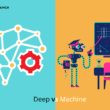

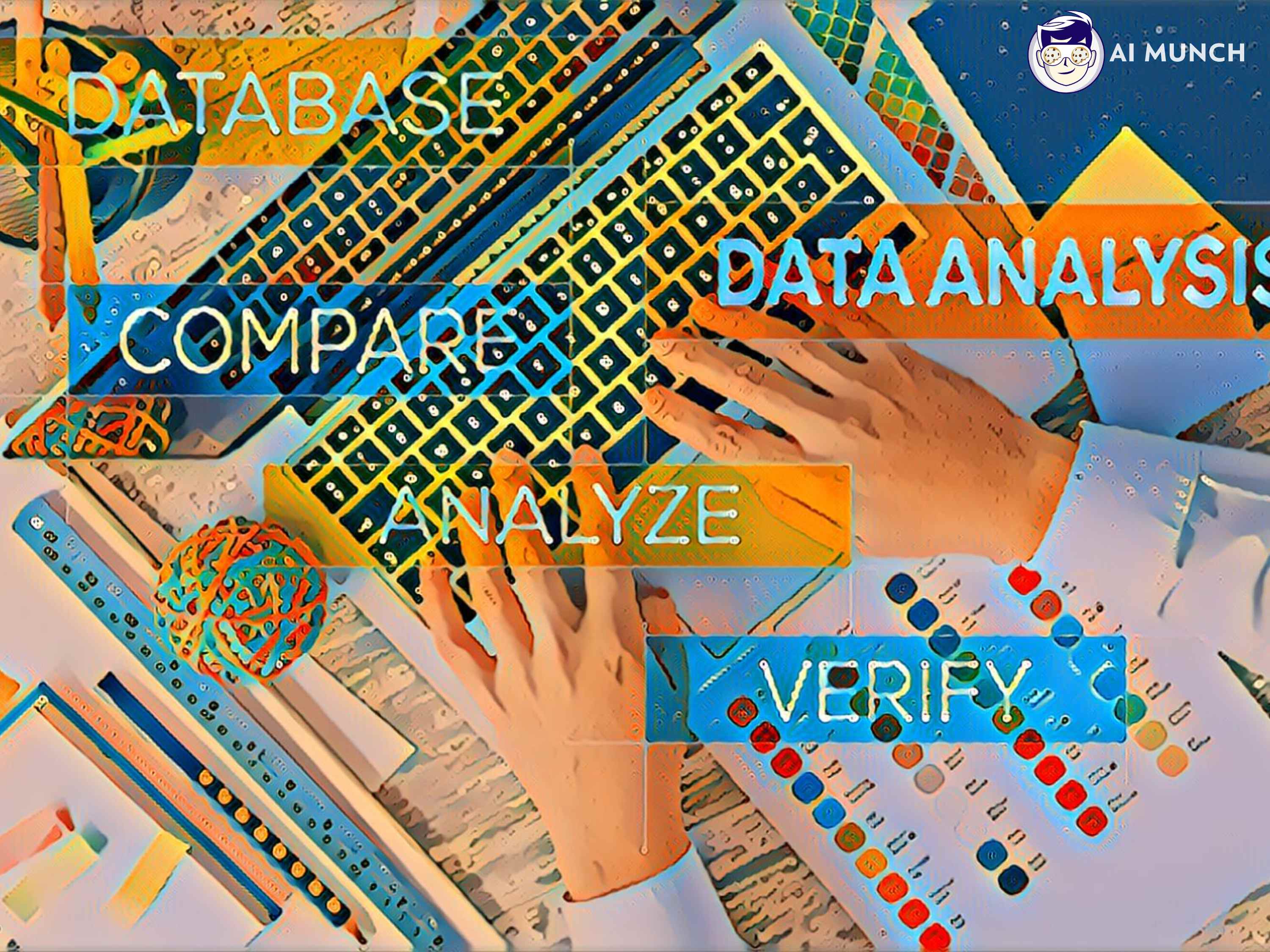
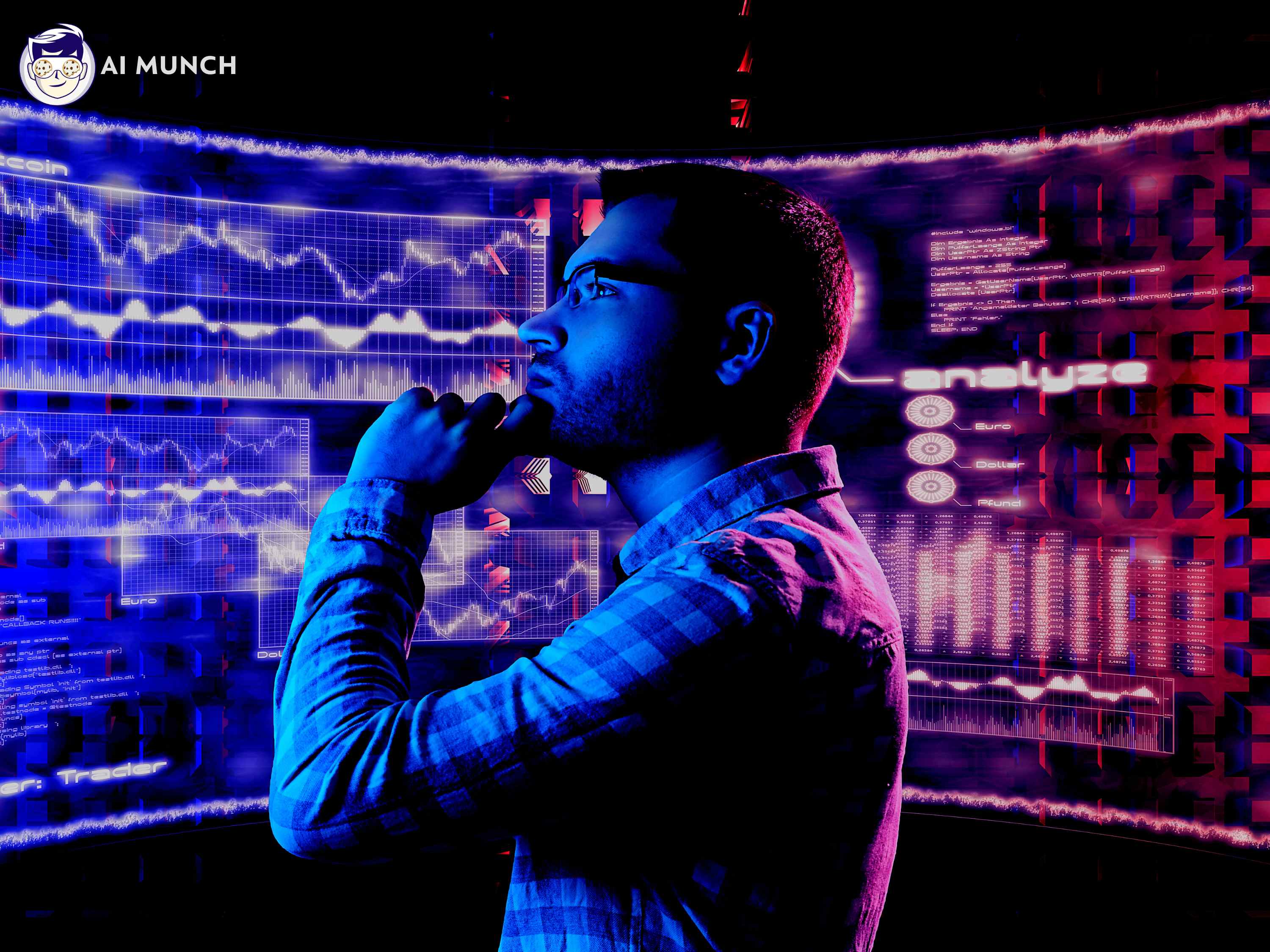



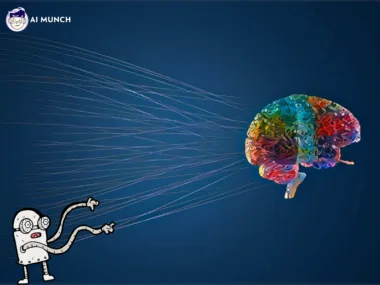
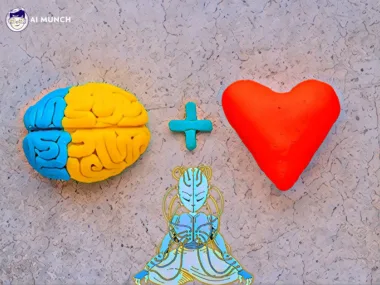

A motivating discussion is definitely worth comment. Theres no doubt that that you need to write more on this subject matter, it may not be a taboo matter but generally folks dont discuss such subjects. To the next! Kind regards!!
agree